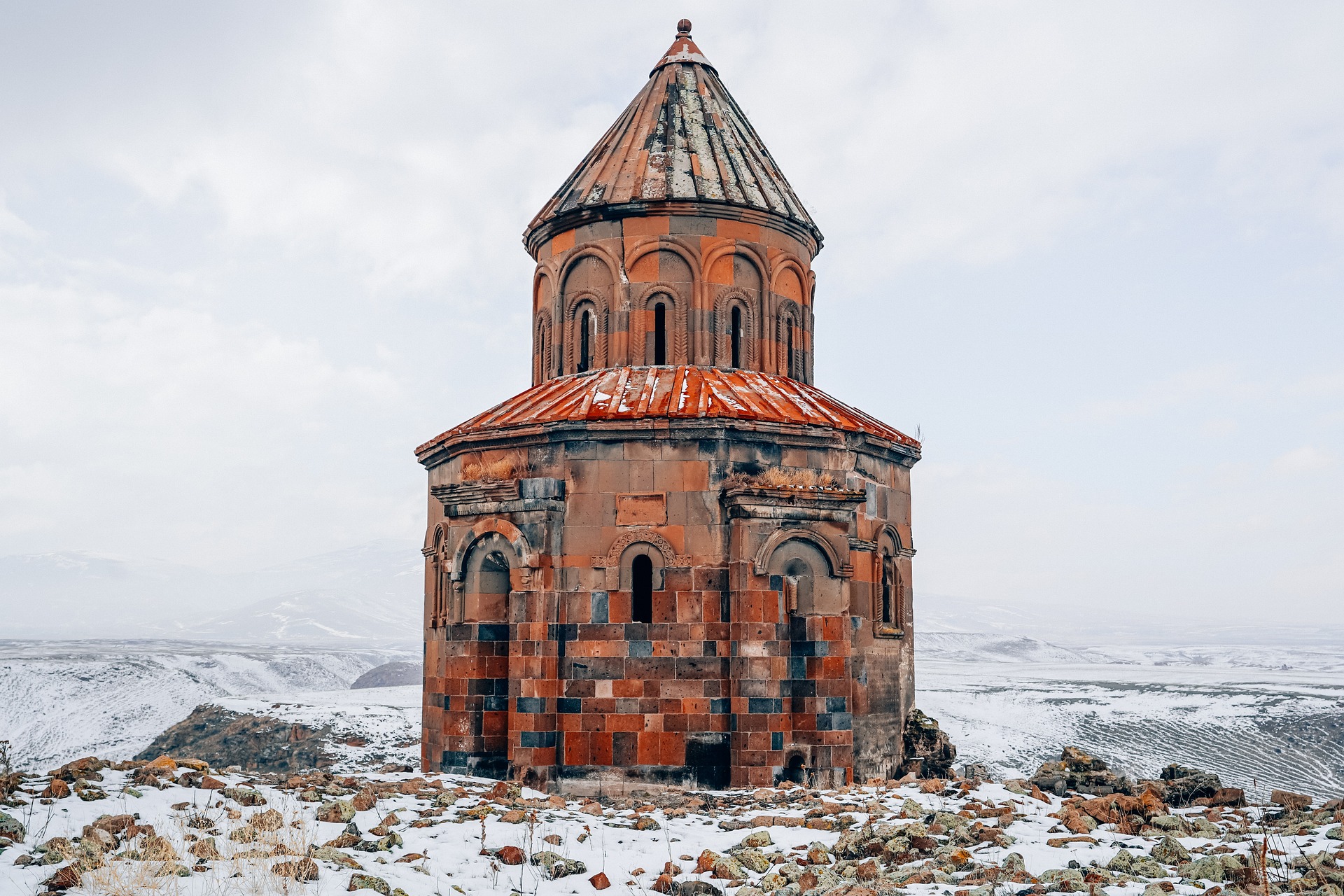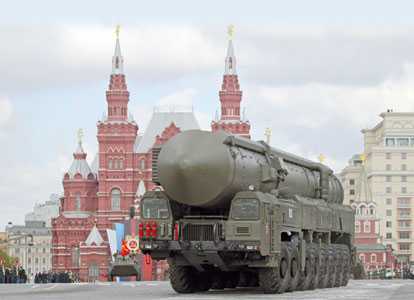By Taras Kuzio
Wednesday, October 1, 2008
That Ukrainian-Russian relations are poor and deteriorating is increasingly obvious from mutual accusations, counter-accusations, and insinuations. Russian political technologist Sergei Markov, a Unified Russia deputy, described Ukrainian-Russian relations to all intents and purposes as non-existent (www.pravda.com.ua, September 24).
Even in the area of Soviet history the Ukrainian and Russian sides have diametrically opposite views. The Russian Foreign Ministry gloated over Ukraine’s failure to find support for a resolution at the UN to recognize the 1933 artificial famine as “genocide” conducted against Ukrainians. The Ukrainian Foreign Ministry issued a strongly worded rebuttal. Writing in September’s Prospect magazine Arkady Ostrovsky said, “an old fashioned nationalism, in neo-Stalinist costume, has become the most powerful force in Russian society” (www.prospect-magazine.co.uk).
Foreign Minister Volodymyr Ohryzko has officially accused Russia of seeking to destabilize the autonomous republic of the Crimea. It is undesirable that “the Russian consulate in Simferopol distributes passports” (EDM, September 15). Meanwhile, Russian politicians, such as Moscow Mayor Yuriy Luzhkov, travel to Ukraine and call for uniting the Crimea to Russia (Fokus, no.38, September 19).
Ohryzko also complained that Russia was attempting to block Ukraine’s entry into NATO by using, among others things, the Crimean card. Russia also disrespected Ukraine’s sovereignty (Fokus, no.38, September 19).
At a well-publicized press conference on September 25, the Security Service (SBU) provided extensive details of attempts by Russian intelligence to hire Ukrainian citizens to participate in conflicts in the Caucasus. The SBU gave details about recent attempts to hire Ukrainians for the August Georgian conflict. In August and September the SBU collected intelligence on many attempts by Russian intelligence to dispatch Ukrainians to the conflict. Ukrainians were offered $200 to $500 per day if they accepted the proposal. Candidates approached by Russian intelligence should have “specific training, including in the field of subversive activity.” Russian intelligence targeted those with existing connections to the Ukrainian military, including reservists (www.mfa.gov.ua, September 29).
The SBU warned Russia that it was carefully observing these approaches and was initiating counter-measures (www.sbu.gov.ua). “Every attempt at recruiting Ukrainian citizens in foreign games will receive a harsh rebuff,” the SBU warned. Russian intelligence had established and supported “extremist organizations” in Tiraspol, Abkhazia, and South Ossetia; but “We will never permit such activity on our territory,” the SBU stated. Following the Georgian-Russian war, Ukraine purchased its first unmanned drone from the Israeli Ministry of Defense (www.pravda.com.ua, August 29).
Senior Russian military officers have alleged that Ukrainians fought on the Georgian side during the August conflict. Such claims about “Ukrainian nationalists” are nothing new. In the first and second Russian interventions into Chechnya in 1995 and 2000, Russian officials and media alleged that numerous “Ukrainian nationalists” were fighting with the Chechens. The allegations revived Soviet ideological tirades against western Ukrainian “bourgeois nationalists.”
The nationalist group most often accused of training recruits for battle against Russia is the extreme right UNA-UNSO (Ukrainian National Assembly-Ukrainian Peoples Self Defense Organization). Russia’s intelligence on Ukrainian nationalists is, in fact, outdated, as the UNA-UNSO disintegrated in the late 1990s into at least three groups.
One wing of UNA-UNSO that remained committed to its nationalist ideology aligned with the radical opposition Yulia Tymoshenko bloc (BYuT) and Socialist Party in the “Kuchmagate” crisis. The radical opposition led the protests by Ukraine Without Kuchma and Arise Ukraine! from 2000 to 2003. UNA-UNSO members also acted as paramilitary stewards during the orange revolution. The UNA-UNSO was accused of organizing the March 2001 riots in Kyiv (in reality, this was apparently a provocation by undercover Interior Ministry personnel to discredit the anti-Kuchma opposition), and 20 senior UNA-UNSO leaders were charged and imprisoned. Following their release, many of the nationalist wing of the UNA-UNSO, such as Andriy Shkil, joined the BYuT. Shkil is still a BYuT deputy.
The other two wings of the UNA-UNSO were co-opted by Russian intelligence. They continue to be available for provocations by Russian intelligence in attempts to portray Ukraine’s orange leaders (like their Georgian rose revolution counterparts) as “anti-Russian extremists.”
The two co-opted former wings of the UNA-UNSO played a highly provocative role in attempts to discredit the opposition candidate Viktor Yushchenko in the 2004 presidential elections. Political technologists close to Russia’s presidential administration (i.e., Markov and Gleb Pavlovsky) worked for the candidate supported by Russia, Viktor Yanukovych. They sought to portray Yushchenko as a rabid “anti-Russian, Ukrainian nationalist” to reduce his popularity in Russophone eastern Ukraine (see EDM, June 29 and September 23, 2004, May 13, 2005).
One of the two co-opted UNA-UNSO groups, led by Dmytro Korchynsky, was renamed Bratstvo (Brotherhood). Bratstvo and the Progressive Socialist Party are the only two Ukrainian parties in the Highest Council of the International Eurasian Movement and the Eurasian Youth Movement. Both of these organizations are devoted to the Eurasianist ideologist Aleksandr G. Dugin who has ingratiated himself with the Putin regime (see Andreas Umland’s detailed analysis in www.pravda.com.ua, July 20, 2007).
The SBU has also unveiled Russian intelligence’s attempts to recruit Ukrainians who would “testify” for money that they had undergone “subversive training” in UNA-UNSO bases in western Ukraine with the aim of undertaking “terrorist” attacks alongside Chechens in Russia. Recruited Tatars were also paid to speak on Russian television about the existence of alleged training camps for Islamic terrorists in the Crimea. The aim in both cases, the SBU believes, was to show that Ukraine was a host to training camps for religious and nationalist extremists.
Russia’s accusations are doubly ironic. First, the UNA-UNSO wing with solid nationalist credentials joined the BYuT in 2001-2002. Tymoshenko meanwhile has been accused of “treason” by the presidential secretariat based on an unfounded allegation that she has “done a deal” with Russian Prime Minister Vladimir Putin. Second, the remainder of the former UNA-UNSO (i.e., Bratstvo) has long worked for Russian intelligence.




